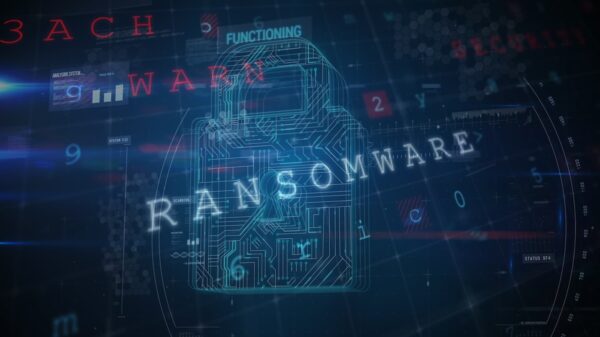Researchers from Trend Micro have discovered a new attack that leverages a combination of exploits to infect systems and target FTP credentials and other information on Windows-based systems.
The threat is a file infector malware that is part of the PE_EXPIRO family; malware that Trend says was first discovered in 2010.
According to the security firm, several exploits are being used to infect systems through drive by download attacks on Web pages using an exploit kit as users browse the Web.
Exploits used in the attacks include two Java exploits which target CVE-2012-1723 and CVE-2013-1493, and an unnamed PDF exploit. Trend detects the malicious PDF file as TROJ_PIDIEF.JXM.
All of the exploits result (if the attack is successful) in file infector malware infecting systems with PE_EXPIRO.JX-O, PE_EXPIRO.QW-O, or PE64-EXPIRO-O for 64-bit systems.
These file infectors include information theft routines, something Trend reminded is not typical behavior found among file infectors.
After a system is infected, the threats search all available storage drives (including network drives) for .EXE files to infect. The malware then captures system and user information, including Windows product ID, drive volume serial number, Windows version and user login credentials.
The malware also steals stored FTP credentials from Filezilla, a popular FTP client.
“It is possible that this attack was intended to steal information from organizations or to compromise websites, as the specific targeting of FTP credentials suggests either was possible,” Rhena Inocencio, a Threat Response Engineer) at Trend Micro explained in a blog post.
The stolen information is saved in a .DLL file and uploaded to command-and-control (C&C) servers.
“The combination of threats used is highly unusual and suggests that this attack was not an off-the-shelf attack that used readily available cybercrime tools,” Inocencio added.
Roughly 70% of the total infections detected by Trend Micro were found in the United States.
Trend Micro provided the diagram to the right of the above chain, using the Java exploit as an example:














